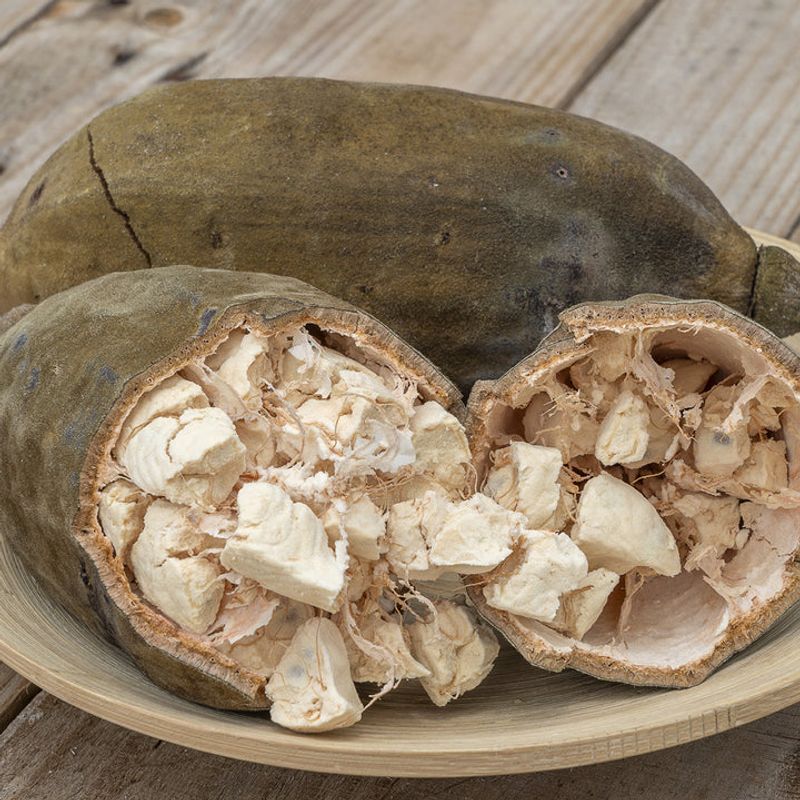6 Trending Ingredients Changing What We Eat

In recent years, the culinary landscape has been enriched by a blend of traditional and novel ingredients. This article explores six trending ingredients that are redefining our diets. From ancient grains to cutting-edge alternatives, these exciting components are not only delicious but also offer a glimpse into the future of food.
1. Teff

Teff, a staple in Ethiopia, is gaining momentum worldwide. This tiny grain, rich in iron and calcium, is lauded for its nutritional profile. With a mild, nutty flavor, teff is versatile, lending itself to both savory and sweet dishes. Use it as a breakfast porridge or a base for a hearty stew. Its gluten-free nature makes it a favorite among those seeking healthy alternatives. Not merely a grain, teff offers a link to ancient cultures, connecting diners to a rich heritage. In a world eager for nutrient-dense foods, teff’s potential seems helpful. Whether ground into flour or cooked whole, it’s a grain that invites exploration and versatility in modern kitchens.
2. Jackfruit

Jackfruit is a culinary ingredient. Known for its meat-like texture, it’s become a vegan favorite. Marinated and cooked, it mimics pulled chicken, making it a versatile substitute. The fruit’s sweet taste can also change desserts. Hailing from South Asia, jackfruit’s large, spiky exterior hides a treasure trove of edible possibilities. Nutrient-rich and fiber-packed, it supports digestive health. As more people explore plant-based diets, jackfruit’s role on the table is expanding. From tacos to smoothies, it’s a example to how plant foods can add diverse palates.
3. Tiger Nuts

Despite their name, tiger nuts are not actually nuts, but rather small tubers with a chewy texture and sweet, nutty flavor. They have been a staple food in parts of Africa for centuries, known for their high fiber content and ability to aid digestion. These little tubers are often enjoyed as a snack or ground into flour for baking. Tiger nut milk, a popular beverage in Spain known as ‘Horchata de Chufa,’ offers a creamy and refreshing alternative to dairy milk. It’s naturally sweet and lactose-free, making it a favorite among those seeking plant-based options. Whether in milk form or as a crunchy snack, tiger nuts are making a wave in the world of healthy eating.
4. Baobab Fruit

The baobab fruit is a food from Africa. Its pulp is exceptionally rich in vitamin C, antioxidants, and essential minerals. With a tart, citrus-like flavor, baobab is a popular addition to smoothies, cereals, and nutritional bars. The powder made from baobab fruit is being used by chefs globally to create exotic dressings and sauces. Its taste adds a zesty kick to dishes, while its health benefits make it a desirable choice for health-conscious foodies. Baobab’s nutritional profile and distinct taste are what make it stand out in the food arena.
5. Moringa

Moringa is bursting with nutrients. Its leaves, seeds, and pods are all edible, providing a rich source of vitamins A, C, and E, along with calcium and potassium. Known for its earthy taste, moringa is a versatile addition to smoothies, soups, and teas. Originating from the Himalayas, this plant has spread globally, gaining recognition for its health benefits. Beyond nutrition, moringa supports sustainable agriculture with its drought-resistant nature. As people seek plant-based nutrition, moringa offers a opportunity to enrich diets. It’s a green ingredient that aligns with current wellness trends.
6. Sorghum

Sorghum is an ancient grain experience. Once a staple in Africa and India, it’s now used worldwide for its gluten-free properties. Its mild, earthy flavor complements both sweet and savory dishes. Think of sorghum in salads, as a rice substitute, or popped like popcorn. Rich in antioxidants and fiber, it’s a heart-healthy choice. Additionally, sorghum’s resilience in harsh climates makes it a sustainable crop. As awareness of gluten-free alternatives grows, so does sorghum’s appeal in diverse cuisines. It links old farming traditions with today’s dietary habits.
